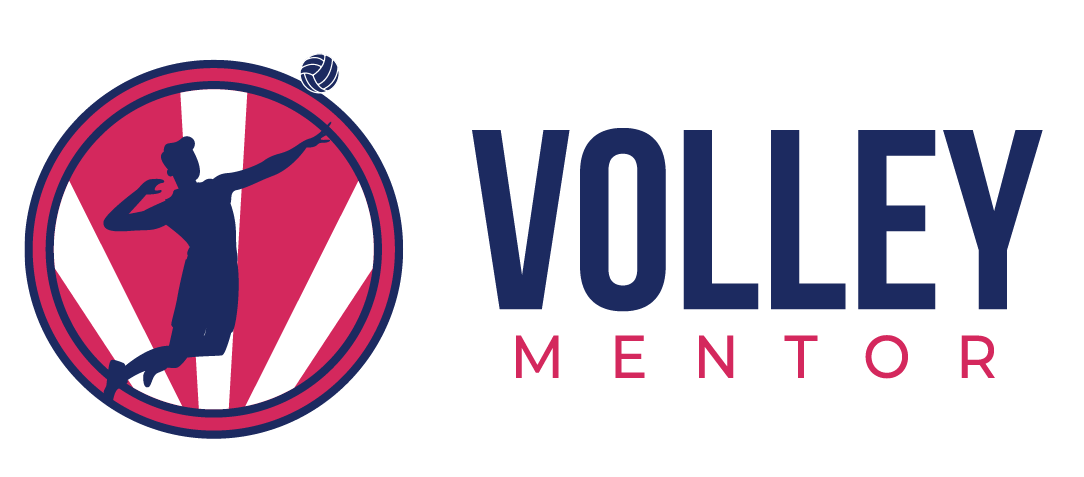DS in Volleyball: Exploring Volleyball’s Defensive Artistry
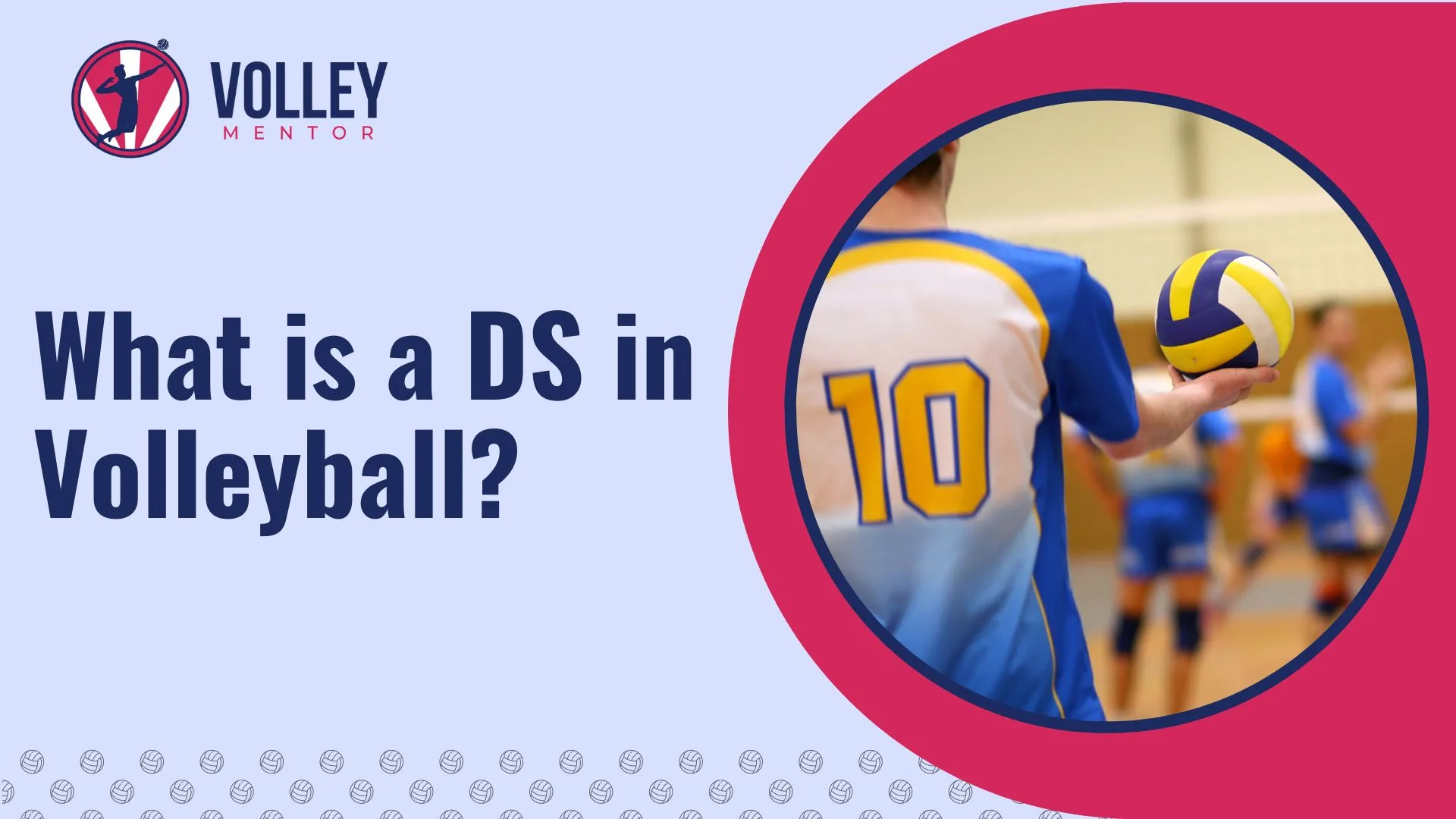
You might be familiar with the different positions of the volleyball court, including setter, hitter, and blocker.
But, there is one position often overlooked by many: DS or Defensive Specialist.

While sometimes confused with the libero, he has a more versatile role on the court.
But what is a DS in volleyball?
Key Takeaway: In volleyball, the Defensive Specialist is an experienced team player who specializes in passing and digging. He is responsible for covering the back row and can switch positions with any player on the court. He should also be mentally stable and able to handle the pressure.
In this guide, I will explain the importance of the DS volleyball position within a team and outline the skills necessary to become an outstanding defensive specialist.
What does DS mean in Volleyball?
DS, also known as Defensive Specialist, is a highly specialized player focusing on defense and passing.
I call them the court guardians who fearlessly dig, dive, and exchange their positions abruptly to keep the ball in play.
They bring great energy and leadership to the team because of their experience.
Remember that a DS must be a registered player on the roster and can’t enter the team without substitution.
He can serve anywhere behind the end line in volleyball.
However, he cannot serve from the front row or behind the 10-foot line.
A team can have only one DS at a time, and he can’t switch positions with a libero.
It is worth noting that if he changes position with a front-row player, he is liable to return to the back row as soon as possible.
How Important is a Defensive Specialist in Volleyball?
Experienced defensive specialists (DS) often have exceptional game knowledge and earn deep respect from their teammates.
They’re the unsung heroes of the court, working tirelessly in the back row without the same recognition as other positions.
As a volleyball coach, I firmly believe that a strong DS is essential for the following reasons:
1) Leadership
The DS volleyball position brings coordination to the defense of the team.
Their constant communication and direction keep the backcourt organized and responsive.
The years of experience have given them a deep understanding of opponents’ strategies, allowing them to anticipate attacks.
A skilled DS will also call out adjustments like “shift left” or “watch the tip,” ensuring the team is well-positioned.
They act as a guide for the entire defense and make quick adjustments to maintain an effective unit.
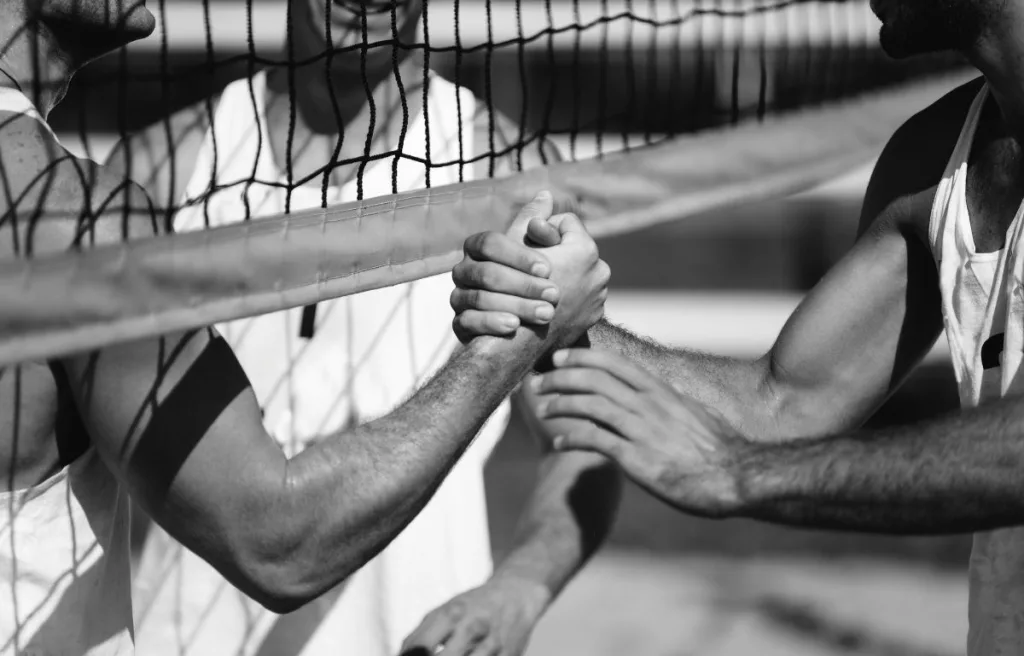
2) Defensive Organization
The defensive specialist volleyball position is essential for smooth defensive transitions in the team.
They have fantastic court coverage skills and incredible reflexes.
It allows them to retrieve the ball, which is challenging to reach for inexperienced players.
Along with contributing to their team’s defense, they are ready to transform into an offensive approach due to their flexibility in changing their position on the court.
Their skills in digging, passing, efficient ball retrieval, and a deep understanding of volleyball violations boost the team’s defense.
These abilities, combined with smooth defensive transitions, significantly impact the team’s overall performance on the court.
3) Game Strategy Execution
A DS can help in the game strategy execution for their team in the following ways:
4) Flexibility
Think of the DS as the team’s ultimate utility player.
One minute, they’re diving for a save in the back row.
The next, they could be upfront, spiking a ball, or setting up a killer block.
A DS can be called to play in the front row in specific conditions, such as when the regular front-row players are injured, or the team needs to add another attacker to their offense.
In some cases, they may also be called to the front row for blocking purposes.
So, they must be mentally flexible to adapt to any changing situation and make quick decisions.
Defensive Specialist vs Libero
The main difference between the DS and the Libero positions is that a Libero can only switch positions with back-row players.
At the same time, Defensive Specialist can change position with any player.
He wears the same jersey as the other teammates, while the libero wears a different jersey.
Also, the libero can’t spike the ball, but DS can spike and contact the ball above the net’s height.
I have shown a detailed comparison of these two players in the below table.
| Defensive Specialist | Libero |
| He wears the same uniform as other team members. | The libero wears a different colored jersey to distinguish their role. |
| He plays in the back row and can rotate to the front row | He plays in the back row and cannot rotate to the front row |
| He can serve or spike above the net’s height | A libero cannot serve or spike above the net’s height. His position is primarily for the defense. |
| A DS is present for a limited number of rotations and usually comes when the opponents are more vigorous. | A libero is part of the team throughout the game |
| Defensive specialists can block the spike of the opposing team if they are in the front row. | They can’t block the spike of the opposing team. |
| A team can substitute the Defensive Specialist a limited number of times. Their substitution is counted in the team’s total of 6 substitutions per set. | A team can substitute the libero an unlimited number of times. |
Volleyball Drills for Defensive Specialist
To become an agile and sharp defensive specialist, follow the volleyball drills mentioned below.
1) Passing drills
A DS should perform different passing drills to improve his passing capabilities, such as deep passing, double feeder passing, ballon-and-ball passing, and passing to dive.
I will explain the procedure of the deep passing drill and double feeder passing drill.
These two drill types are my favorite, and I believe every defensive specialist should do them to improve their play.
The deep passing drill improves the player’s ability to pass the ball accurately from a deep position on the court.
It’s helpful to enhance their ability to handle challenging passing situations and improve their footwork, too.
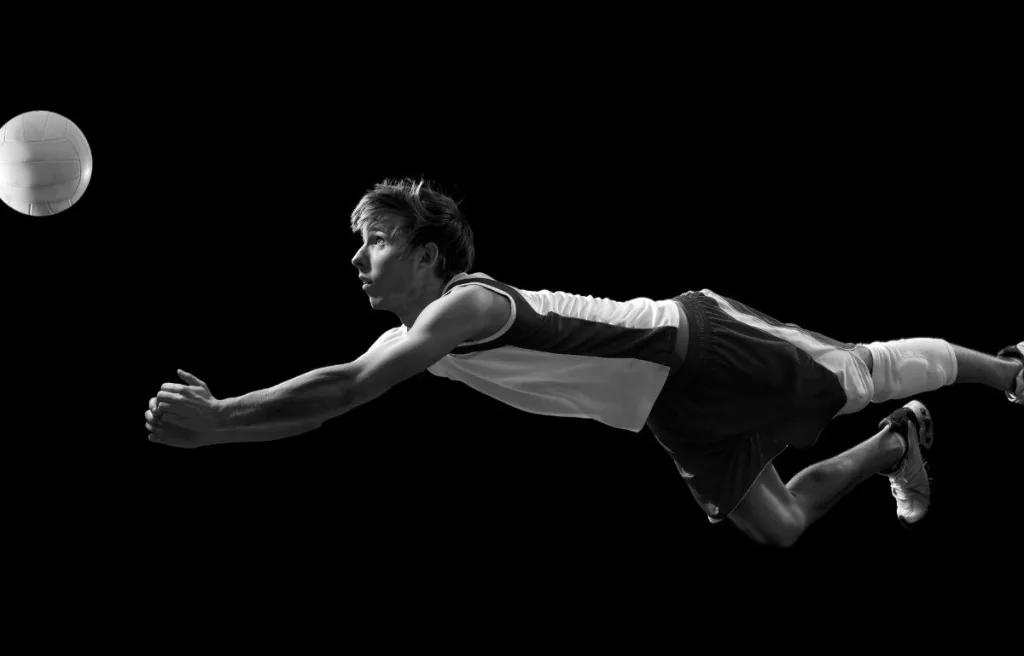
The steps of the deep passing drill are listed below:
- The drill starts, so the DS sits deep near the end line.
- The coach throws the ball from the opposite side of the net.
- Using the proper footwork, the Defensive Specialist approaches the ball and passes it with his forearm, ensuring he directs it to the target.
- The drill continues with the ball’s speed, trajectory, and position variation.
- He receives feedback from the coach on his passing skills, decision-making, and footwork.
- The whole process develops consistency and accuracy in deep passing for him.
On the other hand, the Double Feeder Passing drill helps improve DS’s passing skills by allowing him to receive balls from two different feeders simultaneously.
It increases his ability to react to multiple incoming passes simultaneously, like the actual match.
I am listing the step-by-step procedure of this drill below:
- There are two feeders on opposite sides of DS, and the purpose is to deliver passes to different court areas.
- The feeder tosses the ball and throws it to the Defensive Specialist.
- He quickly judges the trajectory and speed of the incoming pass, adjusts his position, and then passes it back to the target (usually some teammate).
- The drill continues with different variations of the ball’s speed and placement, challenging the passing ability of the defensive specialist.
2) Teamwork drills
The teamwork drill helps the Defensive Specialist coordinate and collaborate with the rest of the team members.
It helps to enhance communication skills, leadership qualities, and synchronization on the court.
This drill is unlike typical volleyball drills, as no specific steps are involved.
The DS works with other team members to improve his digging, pancaking, diving, and receiving skills.
During this drill, he directs his team members about the game strategies, practices calling them out, and alerts them to potential threats.
His role in this drill is to showcase his quick reflexes, agility, and decision-making capability.
He makes the quick decision whether to pass the ball or dig it.
He also works on his flexible positioning throughout the drill to become comfortable with offensive and defensive play.
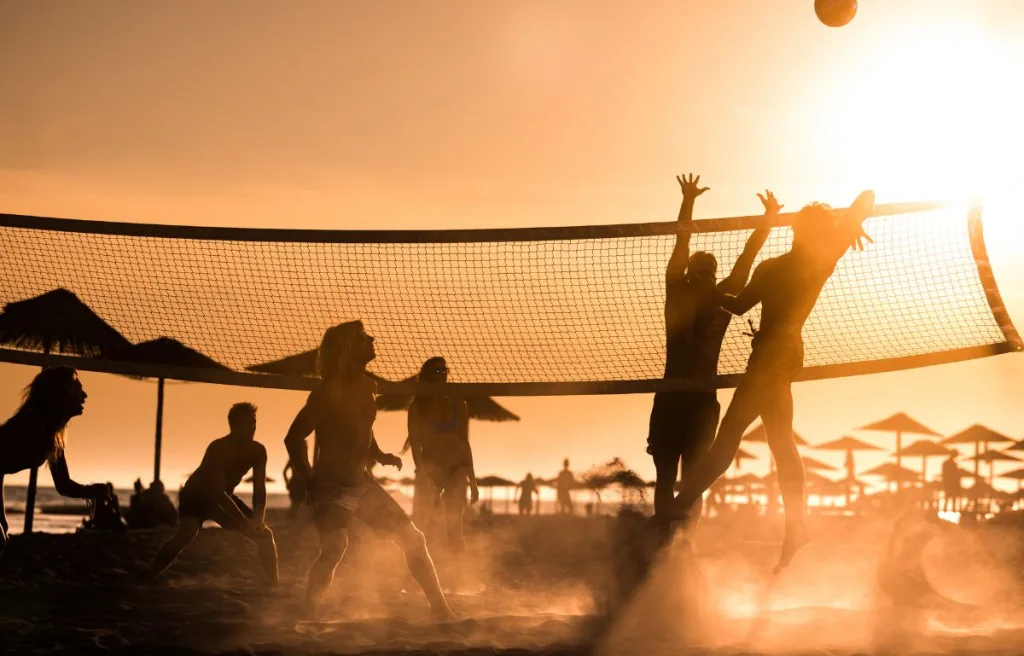
3) Diving Drills
This drill focuses on improving the DS’s ability to react quickly, cover more ground area, and improve the defense.
There are different kinds of diving drills, and each one helps to develop the confidence to keep the ball in play.
My favorite drill is the “Diving Save Drill.”
It helps to improve a defensive specialist’s reflexes and diving techniques.
The drill is more straightforward to conduct, and I am listing its simple steps below:
- You need two players for it.
- One player acts as a server, and the other as a DS.
- The DS will be in the backcourt, just a few feet from the net.
- The server stands on the opposite side.
- The server starts the drill by serving the ball, and the Defensive Specialist quickly moves into the position to dive and makes a save.
- After each successful dive, he returns to his feet instantly and prepares for the next serve.
4) Back Row Hitting Drills
The back row hitting drill helps to improve the hitting skills of the back row players.
As the primary position of the DS is back row, this drill is mandatory for him.
It helps him to work on his footwork, technique, and timing to execute powerful hits from the back row.
The setup of this drill is as follows:
- Make two teams. One takes the serving position, and the other receives the serve (standing in the back row)
- The server starts the drill by doing a serve to the opposing team.
- The receiving team receives the ball and executes a back-row hit to their opponents
- The rally continues unless a team wins the point.
- The drill continues between alternative serves and hits among both teams.
- The defensive specialist plays a crucial role in digging and receiving the hits from the opposing team.
- Make sure to rotate the players between serving and hitting positions so everyone can practice back-row hitting.
Final Words
Look, you might not be the one spiking the ball, but every team needs that one DS who’s always got the back row covered.
It’s about smart positioning, helping run the defense, and being ready to swap in when needed.
You need to be sharp, adaptable, and the kind of player your teammates can count on.
Put in the work, and you will make the kind of plays that keep your team in the game.
Now get out there and own that court!
